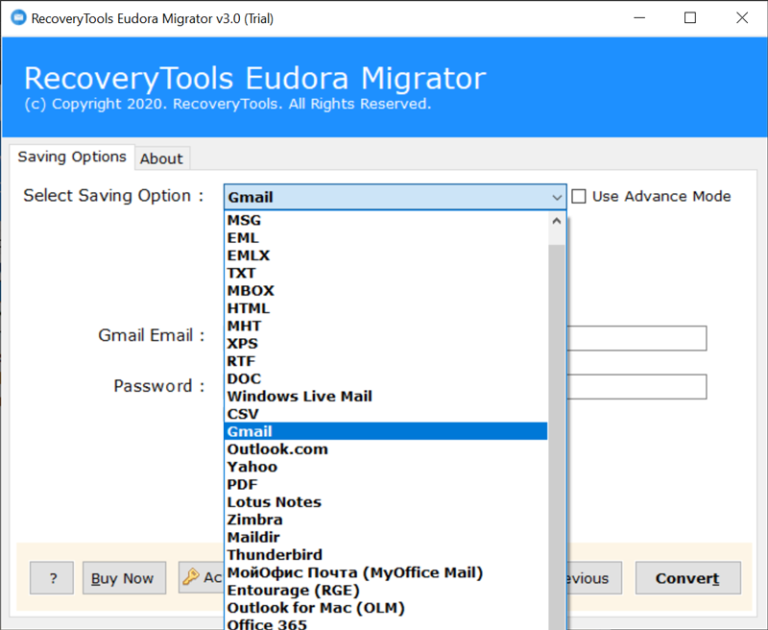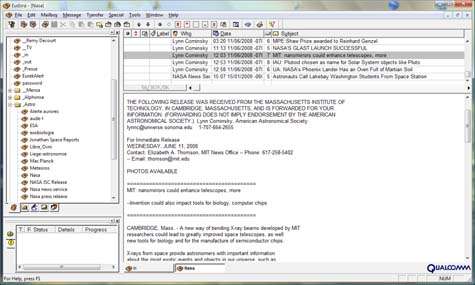

You read, compose, delete, and send emails in the interface on your browser. All of your email is stored, received, and sent on hardware (servers and machines) you connect to through the Internet.
Webmail client: Email programs that you access through an Internet browser, with nothing for you to download onto your computer. You can set it up to access your email via both POP and IMAP. You download your email to read it, and compose and send emails through it. Email client: These are software programs you install on your computer that interact with the remote servers that have your email. This lets you use whatever client you want to access them, whether it’s your smartphone, webmail, or email client on your laptop. Very simply, when you access your emails via IMAP, the messages remain on the remote email server until you delete them. IMAP (Internet Message Access Protocol) was created in 1986, but serves our always-on modern Internet world quite well today. POP downloaded your email quickly for offline reading, and then removed the messages from the remote server. Computers only had limited bandwidth access to remote computers, so computer engineers created the first POP protocol to use the least amount of bandwidth possible. POP (Post Office Protocol) is a legacy method to retrieving your email that dates back to the very first computers. POP3 and IMAP: These are email protocols that tell mail servers how to handle your email. Setup Tasksīefore we jump right into it, let’s go over a few technical terms that’ll help you understand what we’re doing. Second, we need to set up Gmail to send mail as that other account. First, we need to set up Gmail to check for email from another account (your website email address). There are two main tasks we need to do this. So I use it instead.ĭo you want to learn how to do that too? Let’s get started. They just don’t have the same functionality (and I’ll admit it, slickness) that Gmail has. 
The main reason I do that is because I want to have web access to my business email, however I don’t want to use the webmail interfaces my domain host provides.

I’ve been using Gmail to send emails from. Since then, I’ve created numerous others, consolidated a few, and deleted others.įor the last four years, however, I’ve been using Gmail as my main email client for my freelance business, sending and receiving emails from my freelance website domain. I got my first Gmail account almost 10 years ago.








 0 kommentar(er)
0 kommentar(er)
